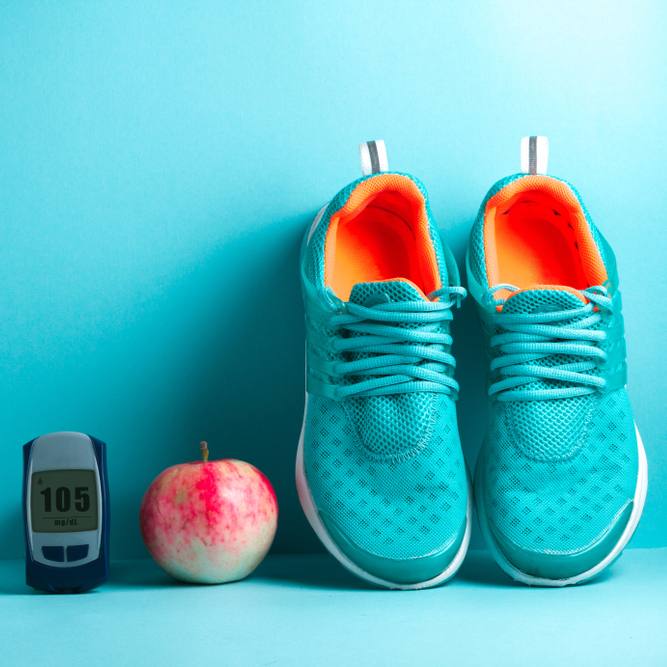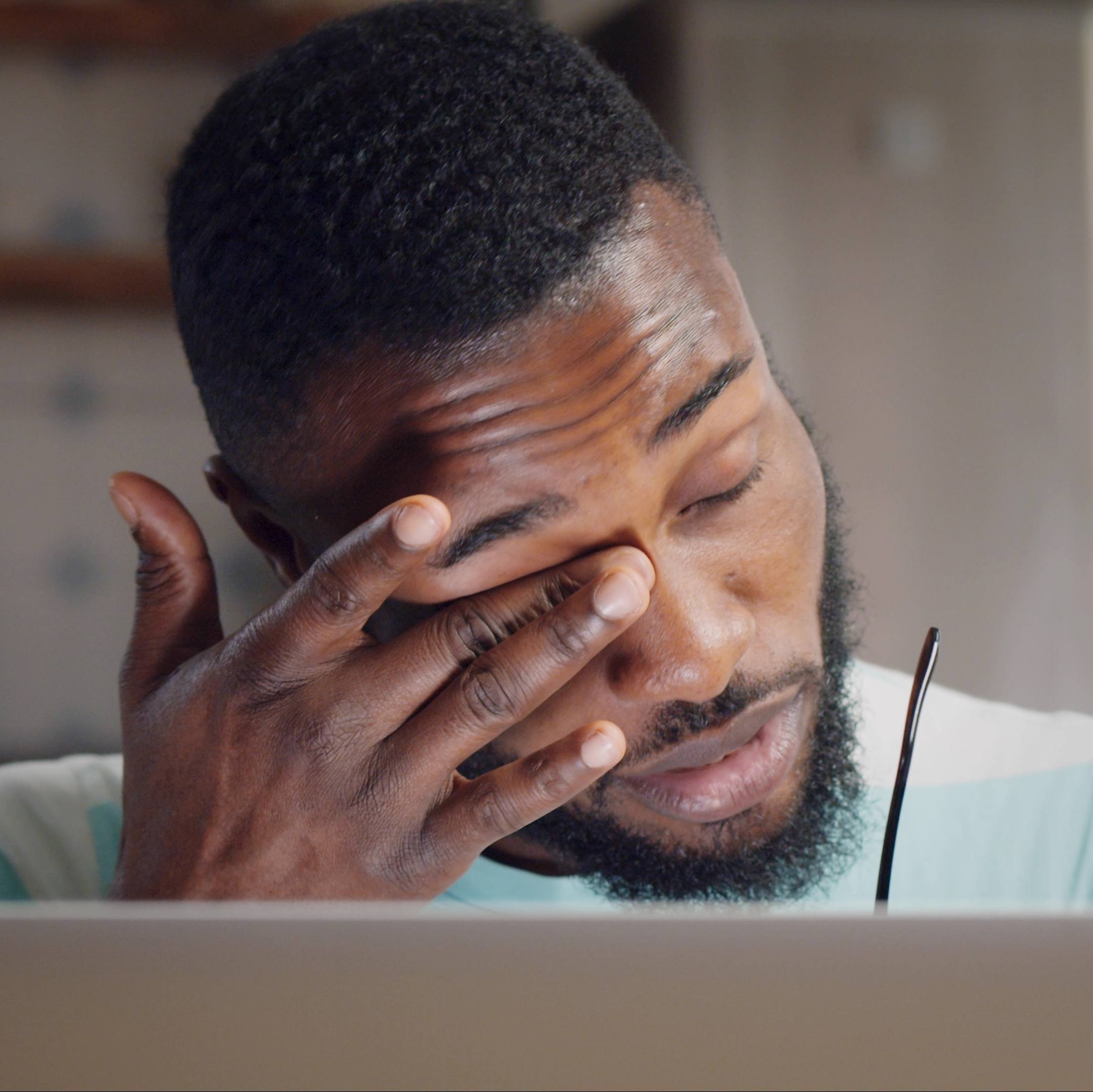 DEAR MAYO CLINIC: Does having low peak bone mass in my late 20s mean that osteoporosis is inevitable someday? Is there anything I can do to prevent osteoporosis?
DEAR MAYO CLINIC: Does having low peak bone mass in my late 20s mean that osteoporosis is inevitable someday? Is there anything I can do to prevent osteoporosis?
ANSWER: Low peak bone mass in your 20s does not necessarily mean you will develop osteoporosis, but it does make it more likely. For most people, bone loss doesn’t begin until the mid-50s. Between now and then, there are steps you can take to decrease your risk of osteoporosis. They include lifestyle choices that improve bone health — such as making sure you get enough calcium and vitamin D — and treating any underlying conditions you may have that could lead to bone loss.
Your bones are living, growing tissues that are constantly changing. Throughout your life, your body gets rid of old, worn-out bone and forms new bone to replace it. Through this process, your skeleton refurbishes and maintains itself.
When you’re young, your body makes new bone faster than it breaks down old bone, and your skeleton grows in size and density. Bone density refers to how much calcium and other minerals your bones contain. Bone mass is the total amount of bone tissue in your skeleton. The higher your peak bone mass, the more bone your body has to sustain bone health throughout the rest of your life.
Bone mass increases rapidly during childhood and adolescence. For girls, maximum bone growth happens in the years between puberty and age 18. Most people reach peak bone mass by their early to mid-30s. After that, you begin to gradually lose bone as part of the normal aging process. If you start out with low peak bone mass, you are more likely to lose enough bone over time that you could end up developing osteoporosis.
Osteoporosis occurs when the body’s creation of new bone can no longer keep up with the breakdown of old bone. Bones then become weak, brittle and easily broken. Women are at higher risk for osteoporosis than men, particularly once they are past menopause. That’s because women tend to lose bone density quickly in the years after menopause.
Some aspects of bone mass aren’t within your control. Genetic factors have an effect on how strong and large your bones will be. And, in general, women have a lower peak bone mass than men. But there are things you can do that will help strengthen your bones over time. For example, regularly engaging in weight-bearing physical activity; eating a healthy, balanced diet with the right amounts of calcium and vitamin D; not smoking; and limiting alcohol all can help fight bone loss.
Other health conditions can affect your risk of developing osteoporosis. Many diseases and conditions have been identified as contributing to bone loss, including diabetes, thyroid disorders and disorders that affect the body’s hormone production. If you have any of these conditions, it’s crucial you receive timely, comprehensive treatment for it to help decrease the potential for accelerated bone loss.
If over time you do develop osteoporosis, there are ways to combat it at that point. Medications are available to treat osteoporosis that increase bone density, slow bone break down and reduce the risk of bone fractures. The most common medications prescribed for osteoporosis are bisphosphonates. Examples include alendronate (Fosamax), risedronate (Actonel) and ibandronate (Boniva).
At this point, however, your best defense against developing osteoporosis in the future is to focus on doing what you can now to strengthen your bones. If you’d like more guidance, make an appointment with your primary health care provider to talk about your risk for osteoporosis and discuss specific steps you can take to ensure your long-term bone health. — Dr. Bart Clarke, Endocrinology, Mayo Clinic, Rochester, Minnesota
****************************
Related Articles
- Las personas con osteoporosis deben evitar ciertas poses de yoga para la columna, dice un estudio de Mayo Clinic (People with osteoporosis should avoid certain yoga poses for the spine, says a Mayo Clinic study) published 2/26/19
- People with osteoporosis should avoid certain spinal poses in yoga, Mayo Clinic study says published 2/20/19
- El minuto de Mayo Clinic: La osteoporosis también afecta a los hombres (The Mayo Clinic minute: Osteoporosis also affects men) published 2/12/19
- Mayo Clinic Minute: Osteoporosis affects men, too published 10/3/18
- Mayo Clinic Minute: Osteoporosis is soft bones published 9/10/18
- Women’s Wellness: Bone density in women published 5/18/18
- Mayo Clinic Q and A: Calcium and exercise both important for bone health published 3/9/18
- Mayo Clinic Q and A: Finding the right osteoporosis medication published 10/13/17
- Researchers report link between cells associated with aging and bone loss published 8/21/17







